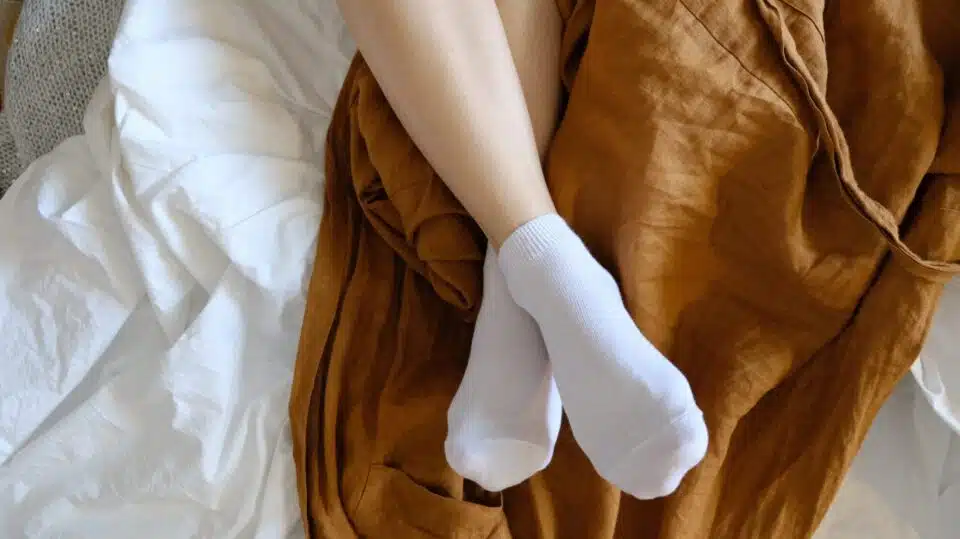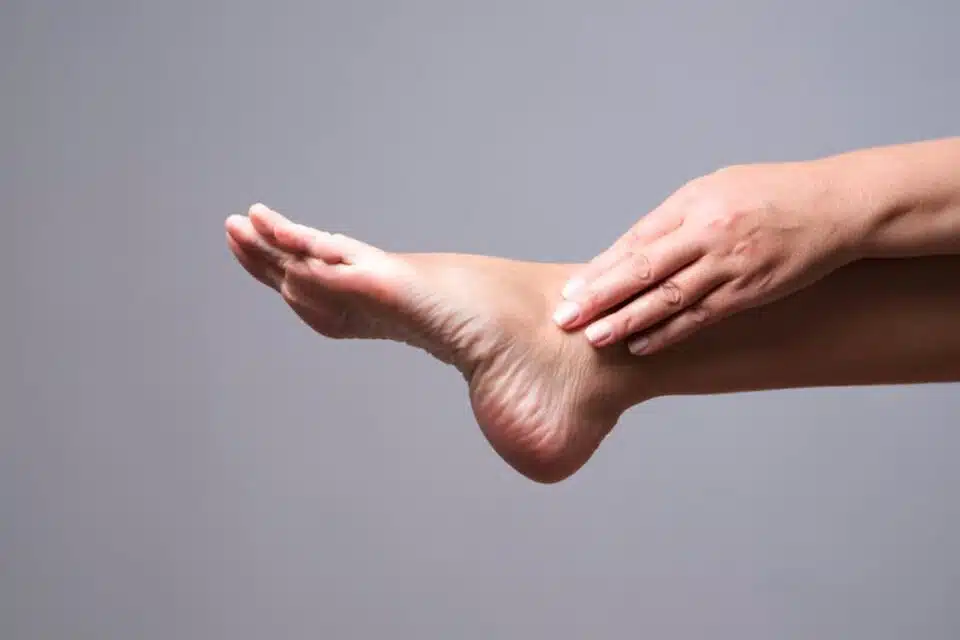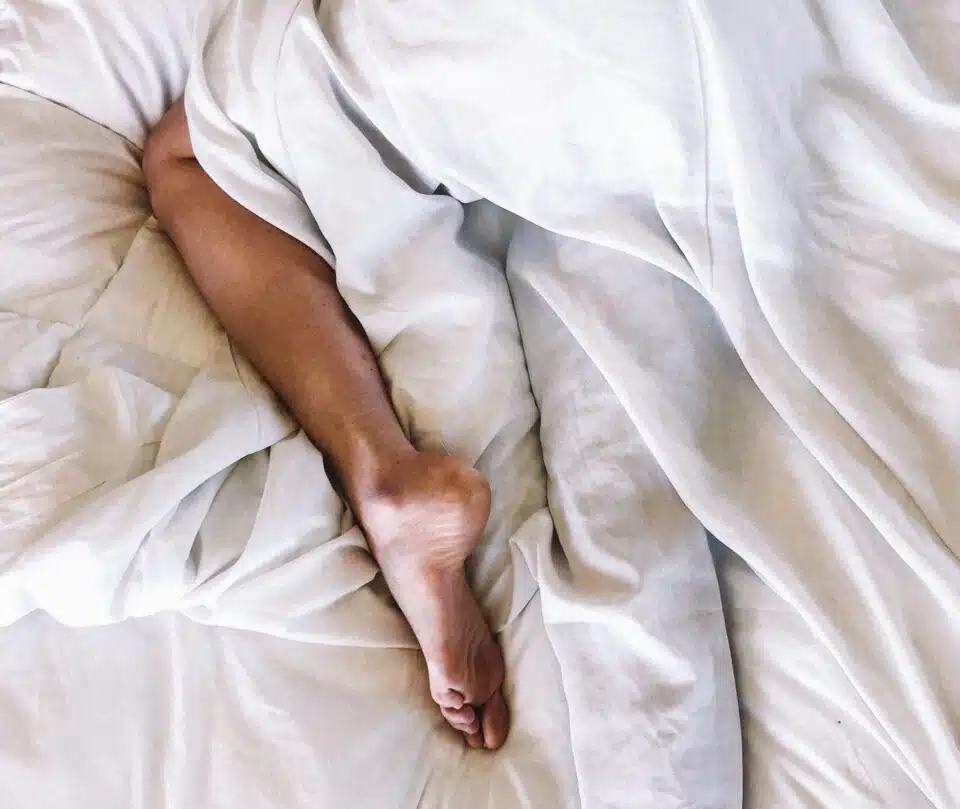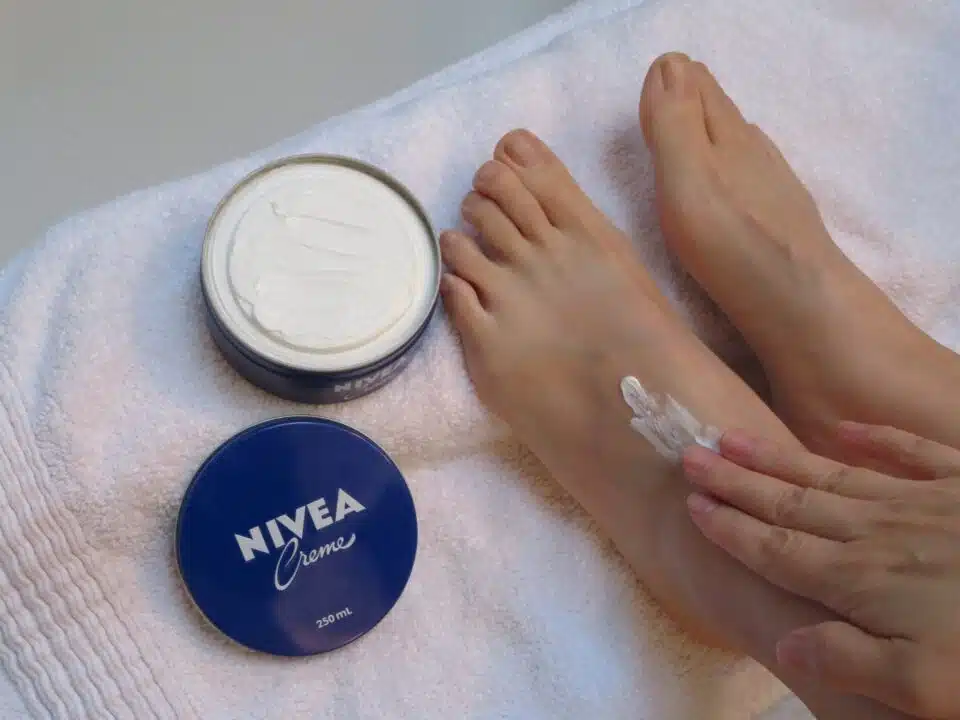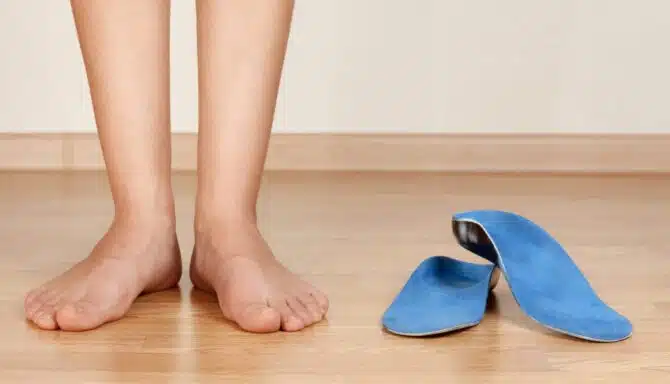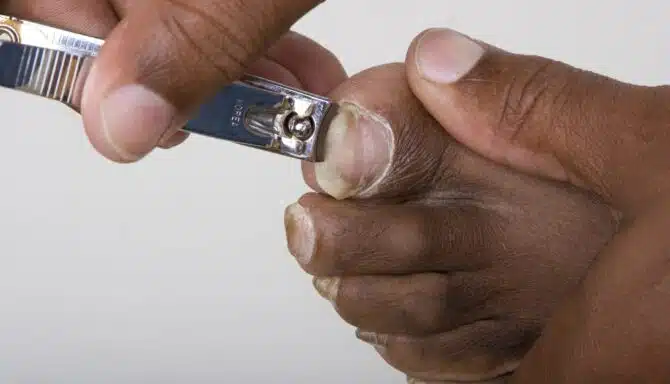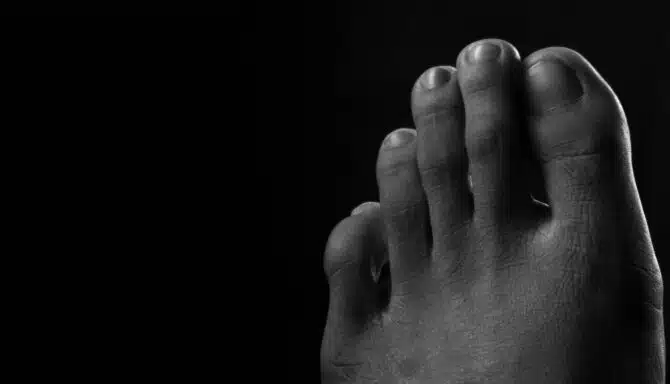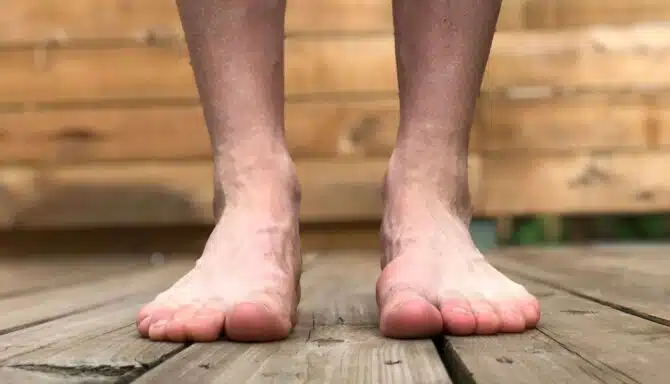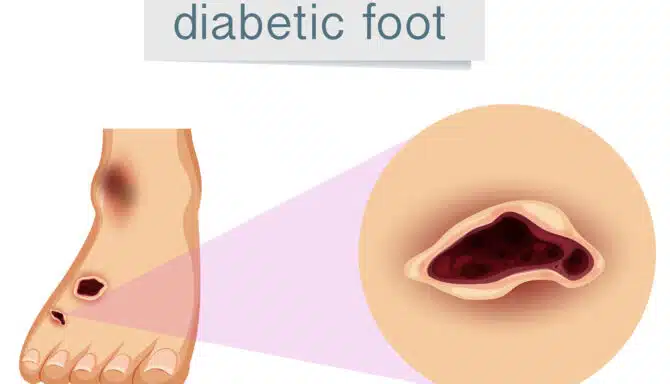Cold sweats are episodes of excessive sweating involving feelings of coldness, clamminess, and a drop in body temperature. Our feet are particularly prone to cold sweats due to their position (away from the heart) and function.
This blog post discusses the causes, symptoms, and ways to manage cold sweats.
Causes of cold sweats
There are several possible causes of cold sweats, including medical conditions, medication side effects, and emotional triggers. Learn more about the common cause of cold sweats in feet below:
Hyperhidrosis
Hyperhidrosis is the common term for excessive sweating. If you experience cold and sweaty feet without exercising or temperature changes, you may have hyperhidrosis. The underlying cause is an overreaction of your body’s sweat glands. Stress and anxiety can also disrupt your body’s sweat glands. There is an overall increased risk of infection in the presence of hyperhidrosis, including fungal, bacterial, and viral infections
Peripheral Arterial Disease (PAD)
Peripheral Arterial Disease is a condition of the body’s lower extremities. The leg’s blood vessels become blocked or narrowed, restricting blood flow between your lower legs and heart. Fatty plaque in the arteries is often the culprit. You may be at greater risk of PAD if you have diabetes, are over 60, or have elevated blood pressure and cholesterol.
Menopause
A common cold sweats culprit is menopause. Blood circulation can increase or decrease based on hormonal changes, triggering sweats.
Overactive thyroid
A thyroid disorder can cause plantar hyperhidrosis (excessive foot sweat) while deregulating body temperature. An overactive thyroid also messes with our blood circulation, giving the feet and skin only a quarter of the blood supply they usually need.
Raynaud’s disease
Raynaud’s disease causes cold hands and feet and numb toes. The condition decreases blood flow in certain body parts because of the blood vessels spasming in the area.
Body temperature
Sudden changes in core body temperature can trigger cold sweats. For instance, when sleeping, you may want to experiment with adjusting the room temperature up or down or even sleeping with your feet outside the blankets to thermoregulate your core body temperature.
Other causes of cold sweats
- Wearing small shoes or shoes without proper ventilation: Shoes without proper breathing properties may trap in heat and cause your feet to sweat or have a cold sweat sensation.
- Neuropathy: Nerve damage, typical in diabetes patients, can cause excessive sweating and disrupt your average body temperature.
- Exercise: If you exercise and your feet continue to sweat or be moist afterwards, you may experience cold feet.
Symptoms of cold sweats
The top symptoms of cold sweats in the feet include
- Excessive sweating
- Feeling cold or clammy
- Shivering
- Paleness
In addition to the symptoms in your feet, you may also experience these bodily feelings:
- Dizziness or lightheadedness
- Nausea or vomiting
- Weakness
How to manage cold sweats
The management of cold sweats will depend on the underlying cause. Here at Feet First Clinic, we recommend several treatment options, including:
- Foot deodorants, creams and sprays.
- Talk to your doctor about taking certain types of medications. For instance, antidepressants may lower triggers like stress and anxiety, which cause you to sweat more.
- Manage stress. Practice stress-reducing techniques such as deep breathing, meditation, or yoga.
- Ensure you’re getting enough rest. A lack of sleep can trigger cold sweats, so try to get enough restful sleep.
- Daily foot hygiene practices. Keep feet clean and dry, regularly change socks, etc.
- Regularly air out your feet.
- Breathable footwear.
- Dress in layers. Removing or adding layers will stabilize your core body temperature and prevent significant shifts.
- Moisture-wicking socks.
- Schedule regular foot assessments to check for conditions that thrive in moist environments, like athlete’s foot.
